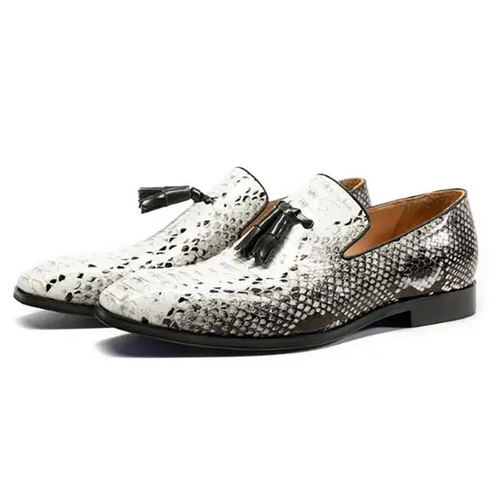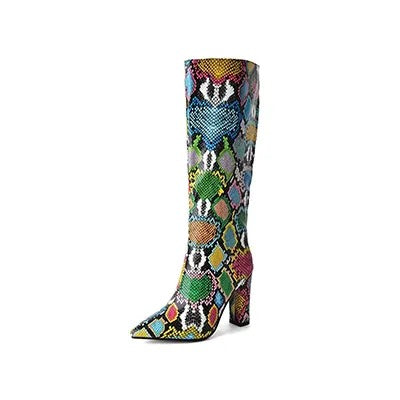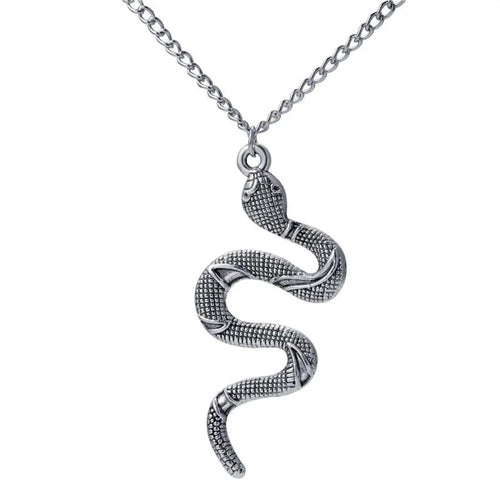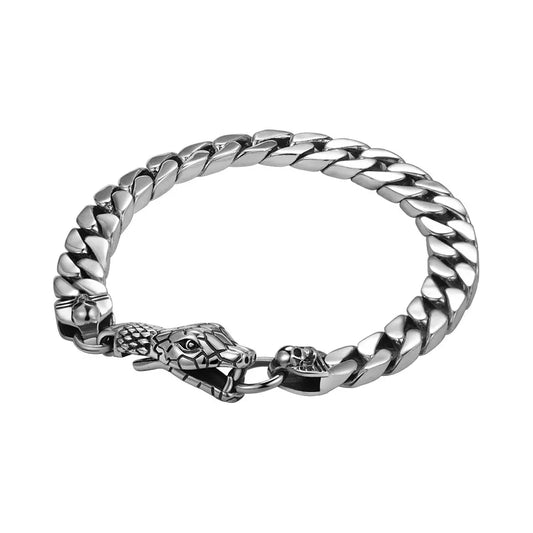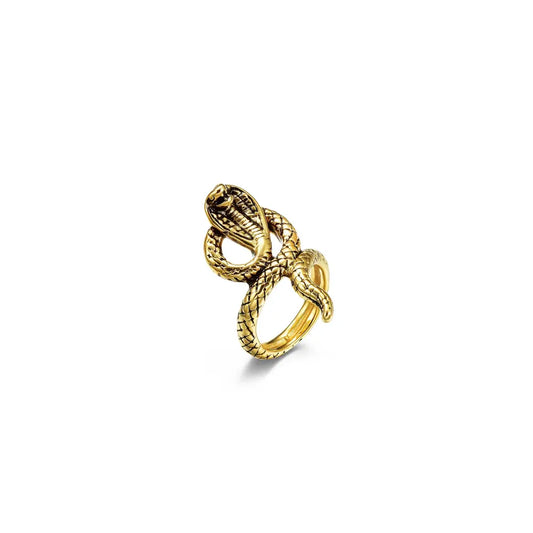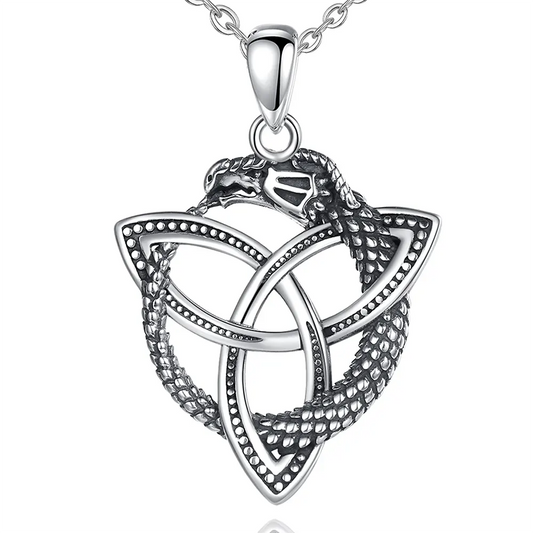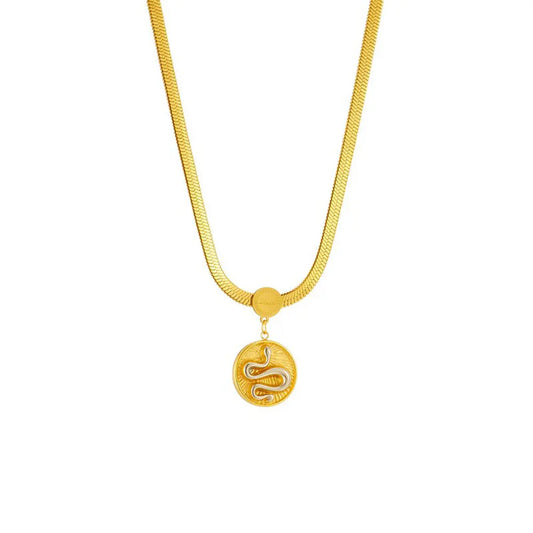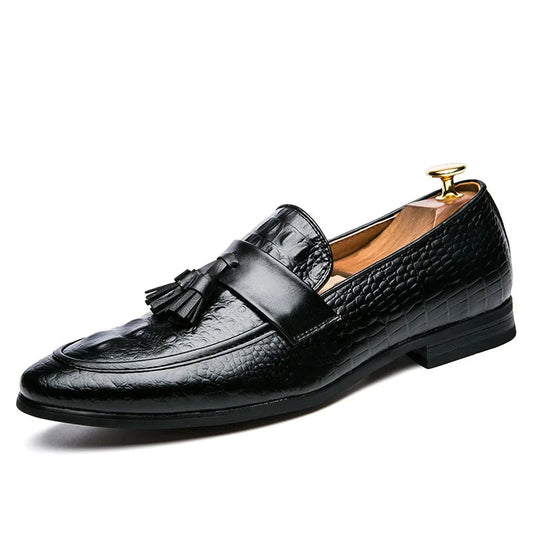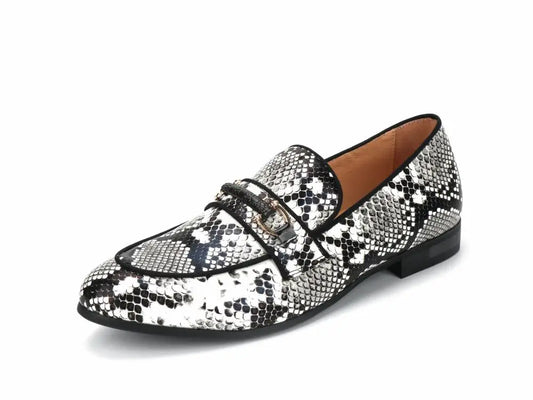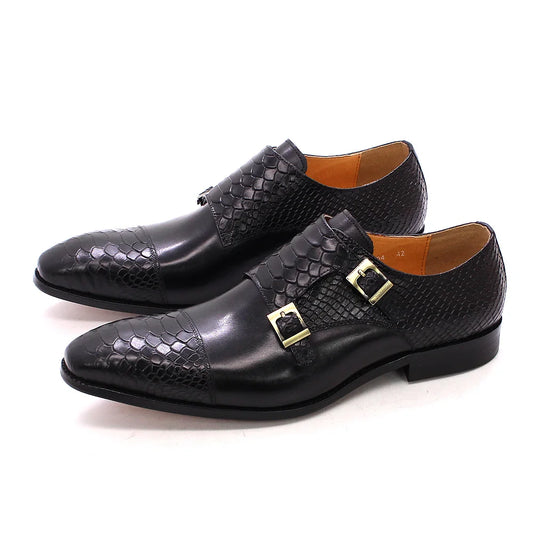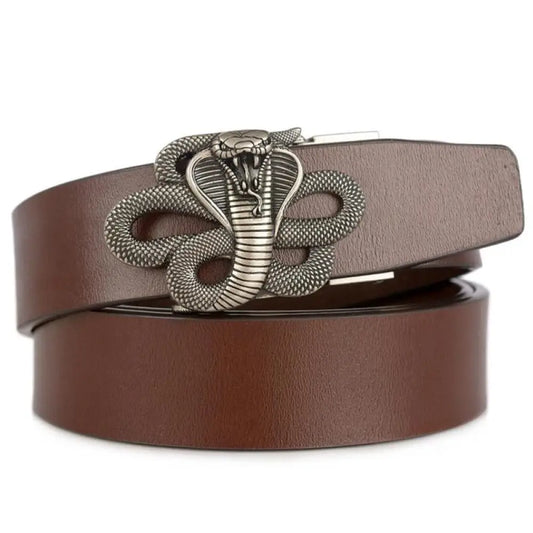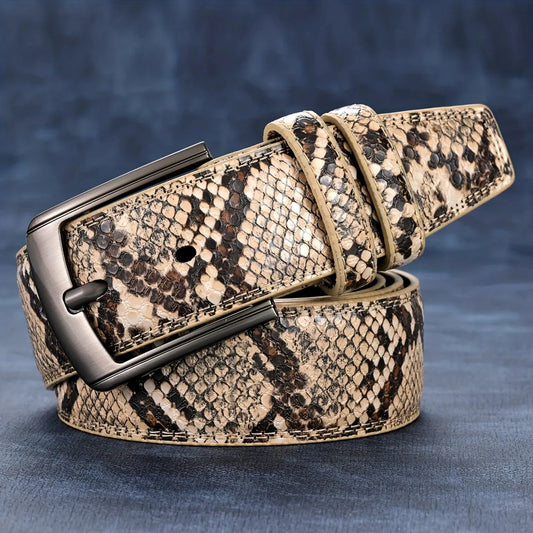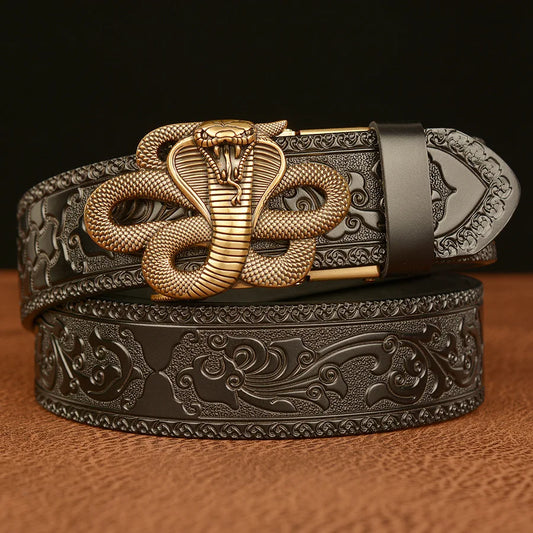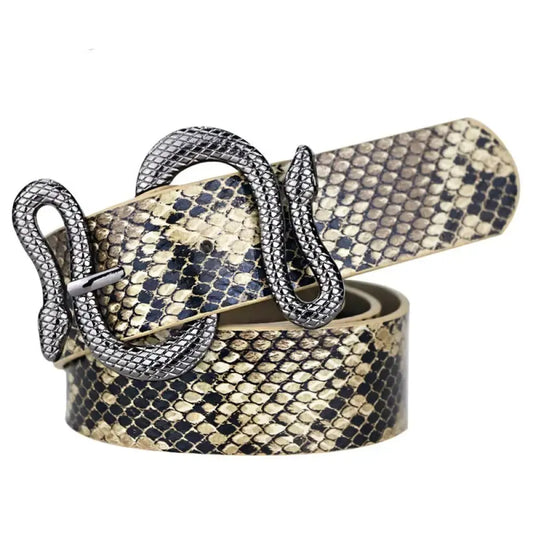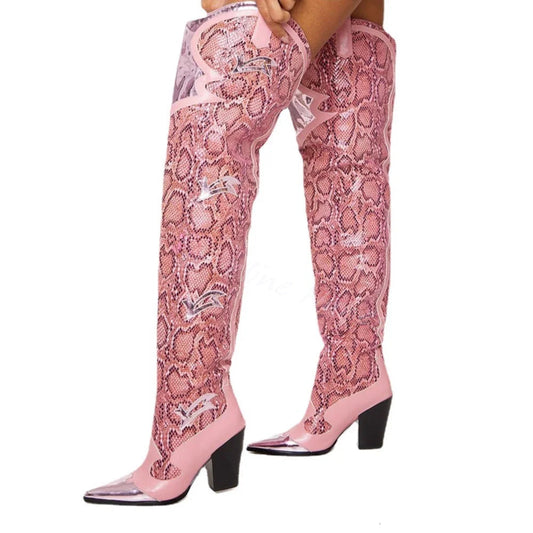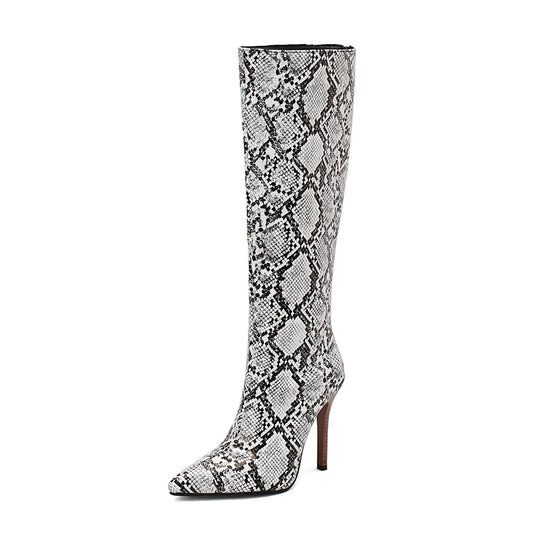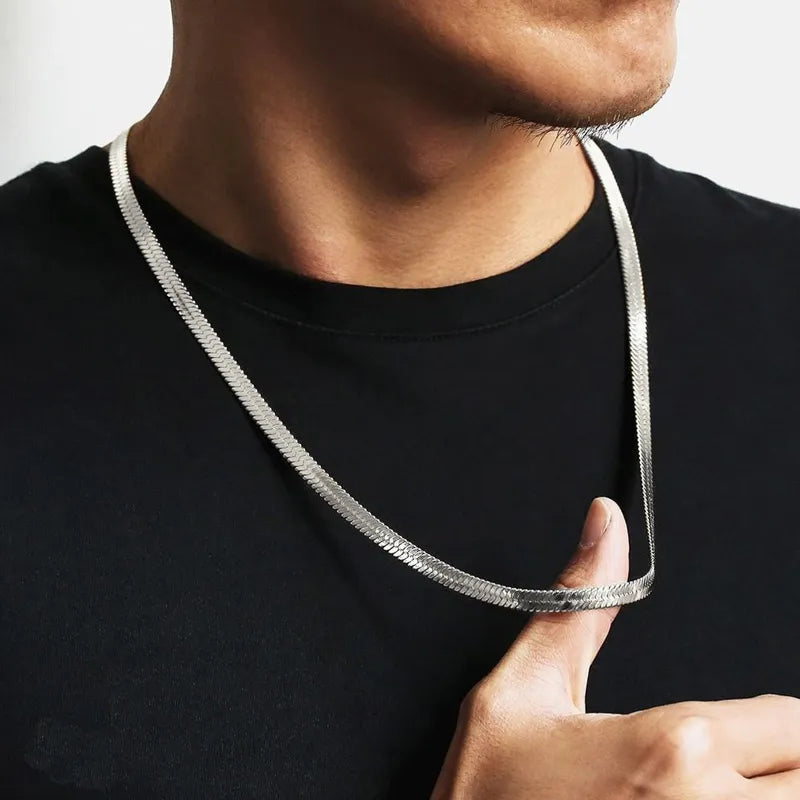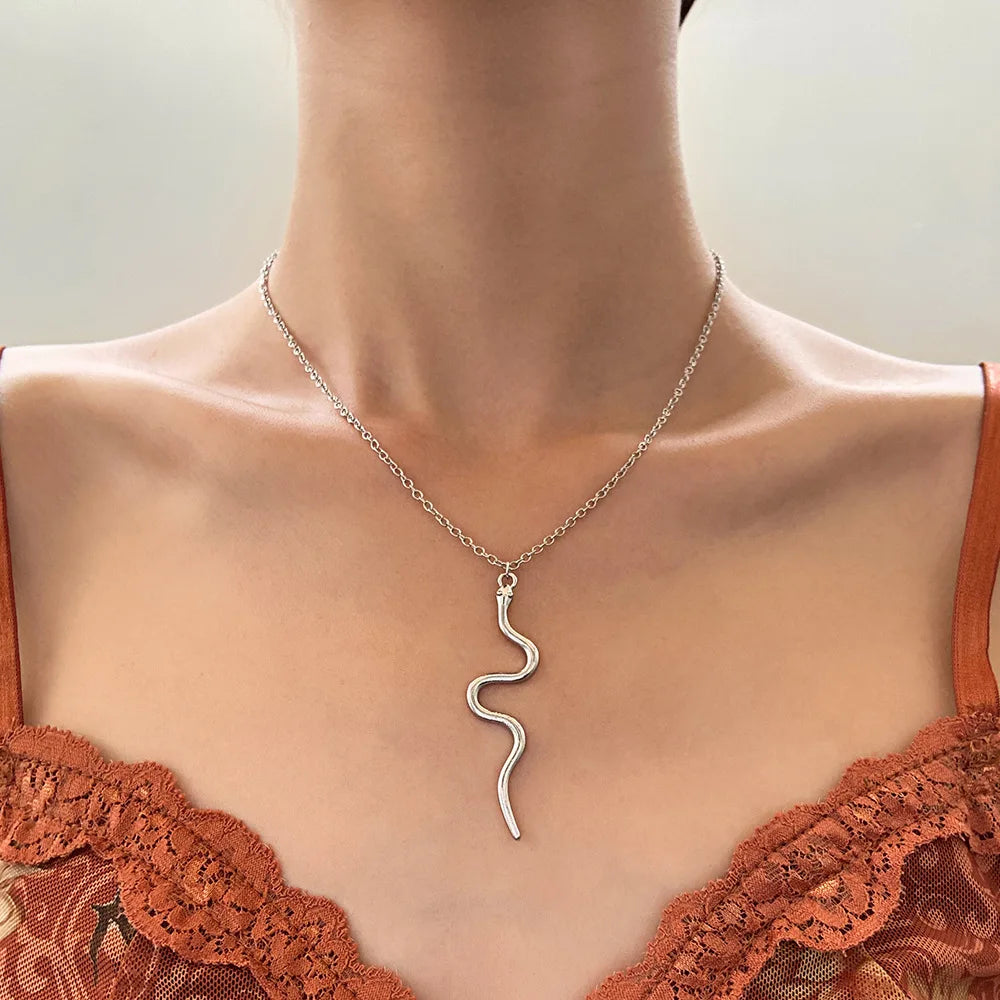Our team was in Egypt during the hot season of this area, to discover the culture. The charmers were doing an extraordinary job. It is often believed that snakes are everywhere in Egypt, but as a tourist, I had no problems. But that doesn't mean you shouldn't worry if you visit the most dangerous deserts. Egypt has many snakes 🐍, scientists have discovered a certain fear in these reptiles, trying to avoid the inhabited places.
1) Egypt and its snakes
These reptiles could be found a bit everywhere during ancient Egypt, in the desert sands, old ruins, fields, near the Nile and its swamps, in houses 🏠 and enclosures and pastures for cattle. As we thought they were to be avoided and therefore dangerous for our species then our relationship with them is very special. As a result, the Egyptians had a love/hate relationship with snakes. From a positive point of view, they were co-resident as protectors of the king but also of hell.

A. Egyptian Wisdom on Snakes
A papyrus from a museum in New York City used as a manual for a doctor treating snake bites reveals that the Egyptians were experts of snakes 🐍. Although the beginning of the papyrus is lost, it would have listed the names of thirty-seven species (which is crazy for the time)! At least thirty-six species have been identified in modern Egypt, but the typology of the time does not correspond exactly to that of today.
B. The venom of snakes in Egypt
A precise description of the snakes including their habitats, types of venom, remedies to cure bite victims, and symptoms after venom injection are listed in the Papyrus ☠. Some of these remedies are specific to certain types of snakes, while others target specific symptoms. These remedies include a lot of surgical equipment that still uses emetics, compresses, anointings, massages, wound incisions, and fumigations. Magic incantations were also part of the treatments that were widely used. The ingredients of the remedies include liquids and substances of mineral, animal, and plant origin 🌳. The winning ingredient is the onion, still used in Egyptian snakebite tales.

C. The famous Cobra in Egypt
We have two species in this part of Africa. One of them is the rare Philippine cobra, (link to an article about the most dangerous snakes) characterized by its black neck and unusual method of administering the venom. The second is the rare Cobra Innes, which is probably only found in the northeast of the country, and only exists there if one of them is very lucky 🍀, or even unlucky. If we look at the rest of the snakes, we have a lot of very venomous vipers.

D. Oviparous snake: a fascinating species
Many Egyptian snakes are harmless. They are egg eaters, they can be found all over Africa but also on the Arabian Peninsula. In Egypt, it is confined to the southern part of the Nile valley. The boa is also a well-known species that is only a few meters very dangerous for rodents 🐁.
In ancient Egypt, the most frightening viper was the horned viper (Cerastes cornutus and Cerastes cerastes, also known as the sand viper). The horned viper was used as a hieroglyph for writing sound (fy is also the Egyptian word for "viper").

2) Snake-related deities
The texts of the pyramids and religious texts repeatedly allude to the threat of snakes and are found throughout the history of ancient Egypt. The serpent god Apophis was considered the enemy of the order, or Maât⚖.
A. Apophis
During the reign of Ramses II, Apophis was part of many rituals in the magic books. During processions and lunar religious festivals 🌑, Apophis was drawn from papyrus and wax and then subjected to various punishment, representing the triumph of Ra and Ma'at over the chaos symbolized by Apophis a so-called serpent.

B. The goddess Rénénoutet
Not all snakes are considered bad. The deities associated with poisonous snakes were sometimes even considered beneficial. The goddess Rénénoutet was represented as a hooded cobra. Her name is derived from an Egyptian word meaning "to feed" so she has a connection with the fertility of the fields. This is why she is considered the goddess of the granary. She also protects the grape plantations 🍇.
Fruits were given as offerings but also hymns were sung to a statue of Rénénoutet when the wine was stored in people's homes. The first time his name was seen was in the Old Empire at the pyramids but it only began to be venerated in the New Empire. It was revered throughout Egypt, but its worship was particularly important in the Fayum.
C. Goddess Meretseger
The serpent goddess Meretseger personified the pyramid-shaped summit that rises above the valley of kings 👑. It was part of the beliefs of tomb builders living around the Valley of the Kings in Dayr al-Madina, many figurines representing the goddess Meretseger were represented, many of which were covered with soot, suggesting that the local population cooked them.

D. Other serpentine deities.
Other divinities exist as:
- Nehebu-Kau is first attested in the texts of the pyramid and is considered a positive and welcoming deity who helps the deceased king.
- Kebehwet (Kabechet), a celestial snake (yes, more serpents) who is mentioned several times in the pyramid texts and who is said to be the daughter of Anubis and perhaps a king 👑.
- Denwen, a serpent god with a drastic transformation capacity.
- Wepset a snake goddess seems to be related to Uraeus who guarded gods and kings and is attested for the first time in the texts of the Coffin.
- Weret-Hekau was the name of several goddesses. The pyramid shows us that the name is associated with the divine Areeus and the crown of Lower Egypt.

3) Snake Jewelry in Egypt
The temperature was very high during ancient Egypt, so all the traditional clothing was a light tunic and sandals. So it's the jewels that set you apart from the crowd. Everyone, except the slaves, wore jewelry 💍. The jewelry was in proportion to how lucky the person was. Rich people wore gold jewelry. The lower classes wore copper jewelry, which created classes. The stones in your jewelry also told the story of your membership in the social hierarchy. Lapis lazuli was a royal stone made of a bright dark blue.
The snake is part of the Egyptian jewelry routine. It represents rebirth, the eternal cycle (ouroboros). The snake sheds its skin to become beautiful again. A snake that swallows its tail is the sign of eternity; the circle of life called Ouroboros 🐉. We offer in our shop many Ouroboros products. Snakes represent good and evil. They were good because they ate rats and mice so they cleaned the city, which often ruined the food supply. They were bad when they bit people.
Snakes obsessed with the designers of the time. Maybe because it's a creature that lends itself well to the art of jewelry 💎. His girth goes very well with necklaces, bracelets, and rings. This is probably one of the reasons why it has been around since ancient civilization. So, come and discover our snake jewelry collection to discover the best Egyptian models.
4) Uraeus, the most famous divinity
The uraeus was the Egyptian cobra (Naja haje), worn in front of the king's 👑 headdress. Here, the snake represents the serpent goddess Wadjet, associated with the sanctuary of Buto in Lower Egypt. Her counterpart was the vulture goddess Nekhbet of Hierakonpolis in Upper Egypt. Wadjet acted as the mythical mother and midwife of the king. At Tunah el-Gebel, mummified cobras were found among millions of other animals in the great animal catacombs.
A creation myth explains the birth of the Uræus. The god Atum had created the god Shu and the goddess Tefnut, who represented air and humidity, and they went out into the world. Atum sent his eye to fetch them, which he did, but when he saw that it had been replaced by the sun, he became furious and turned into a cobra, which Atum appeased by placing it on his forehead. Thus, the Uraeus came to be regarded as a protector of royalty. Snakes with low toxicity would certainly have been considered beneficial for the comfort of life as they eat rodents 🐁.

5) Mehen
Mehen is an ancient Egyptian game, to which references have already been found in the predynastic period. The game is a board in the shape of a coiled snake with the head of the snake 🐍 in the center of the disc. The name Mehen can refer to the spiral shape, the coiled snake, of the game, or its representation of the Egyptian snake god Mehen.
In addition to Egypt, Mehen is also known to have been played in Cyprus and Jordan, near the Dead Sea region, as examples have been found at some sites.
Mehen was unique compared to other Egyptian games in that it was a multiplayer game where up to six players could play the game 🎲. The original rules of the game are unknown, but here is a Mehen rules sheet if you want to play a game. The number of cells on the game board ranged from 40 to 400, and it seems that the number of cells did not affect the rules of the game.
According to archaeological records, it seems that Mehen fell into disuse. Although it should be noted that he didn't completely disappear.

6) Snakes with wings
In the Valley of the Kings more precisely in the royal tombs, we can find drawings of winged snakes. Wadjet was sometimes represented as a snake ailé🐍. Herodotus (ancient Greek author) claimed to have seen skeletons of flying snakes during his visit to Egypt.
The exact origin of these creatures is not known, but many theories are now emerging.
7) Egyptian Literature and Snakes
In modern Egypt, cobras are perhaps the most feared reptiles. Shakespeare fed the legend by attributing Cleopatra's death to the aspic, a snake that does not even exist in this area. More likely, the real culprit holding its breast was probably the Cobra égyptien🐍 a feared species. Egyptian Cobras can grow to a length of almost two meters and are generally uniform brown color, although the shade varies considerably depending on the subspecies.
So much for the snake in this North African culture. The snake is known for its dangerous side due to its venom although many civilizations have raised this creature to the divine level. We invite you to discover the mythology of the snake in most cultures in our blog article.
































































